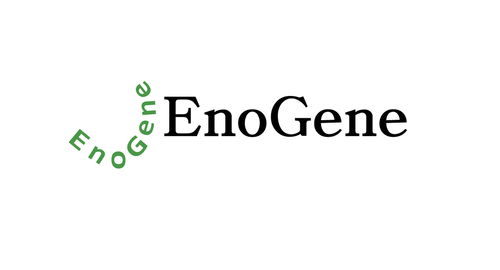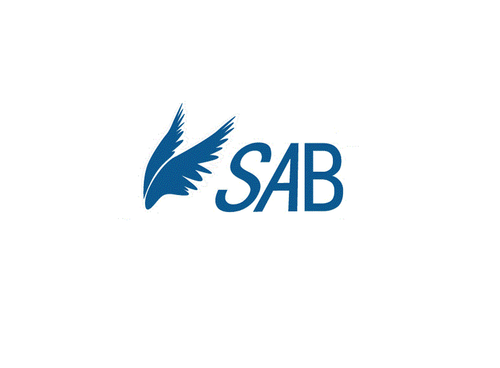Product Description
TANK Antibody | 3877 | ProSci
Host: Rabbit
Reactivity: Human, Mouse, Rat
Homology: N/A
Immunogen: TANK antibody was raised against a 14 amino acid synthetic peptide from near the carboxy terminus of human TANK.
The immunogen is located within amino acids 350 - 400 of TANK.
Research Area: Signal Transduction, Neuroscience
Tested Application: E, WB, IHC-P, IF
Application: TANK antibody can be used for the detection of TANK by Western blot at 1 - 2 μg/mL. Antibody can also be used for immunohistochemistry starting at 10 μg/mL. For immunofluorescence start at 20 μg/mL.
Antibody validated: Western Blot in human samples; Immunohistochemistry in rat samples and Immunofluorescence in rat samples. All other applications and species not yet tested.
Specificiy: N/A
Positive Control 1: Cat. No. 1305 - Human Kidney Tissue Lysate
Positive Control 2: Cat. No. 1466 - Rat Spleen Tissue Lysate
Positive Control 3: N/A
Positive Control 4: N/A
Positive Control 5: N/A
Positive Control 6: N/A
Molecular Weight: Predicted: 47 kDa
Observed: 50 kDa
Validation: N/A
Isoform: N/A
Purification: TANK Antibody is affinity chromatography purified via peptide column.
Clonality: Polyclonal
Clone: N/A
Isotype: IgG
Conjugate: Unconjugated
Physical State: Liquid
Buffer: TANK Antibody is supplied in PBS containing 0.02% sodium azide.
Concentration: 1 mg/mL
Storage Condition: TANK antibody can be stored at 4˚C for three months and -20˚C, stable for up to one year. As with all antibodies care should be taken to avoid repeated freeze thaw cycles. Antibodies should not be exposed to prolonged high temperatures.
Alternate Name: TANK Antibody: ITRAF, TRAF2, I-TRAF, ITRAF, TRAF family member-associated NF-kappa-B activator, TRAF-interacting protein
User Note: Optimal dilutions for each application to be determined by the researcher.
BACKGROUND: TANK Antibody: TANK was initially identified as a novel TRAF-interacting protein that regulated TRAF-mediated signal transduction. Specifically, ligand binding by surface receptors in the tumor necrosis factor (TNF) receptor and Toll/interleukin-1 (IL-1) receptor families lead to the formation of a TRAF/TANK complex that mediates the activation of the transcription factor NF-κB. This activation of NF-κB occurs through an association with the kinases IKKε and TBK1. More recently, it was shown that these proteins can then form a complex with NEMO, a protein that regulates the activity of the IκB complex. This suggests that in addition to the possibility that TBK1 and IKKε activate the IKKs, the association with the IKK complex may help these kinases modulate other functions, such as the transactivation potential of NF-κB proteins. At least two isoforms of TANK are known to exist.
 Euro
Euro
 USD
USD
 British Pound
British Pound
 NULL
NULL

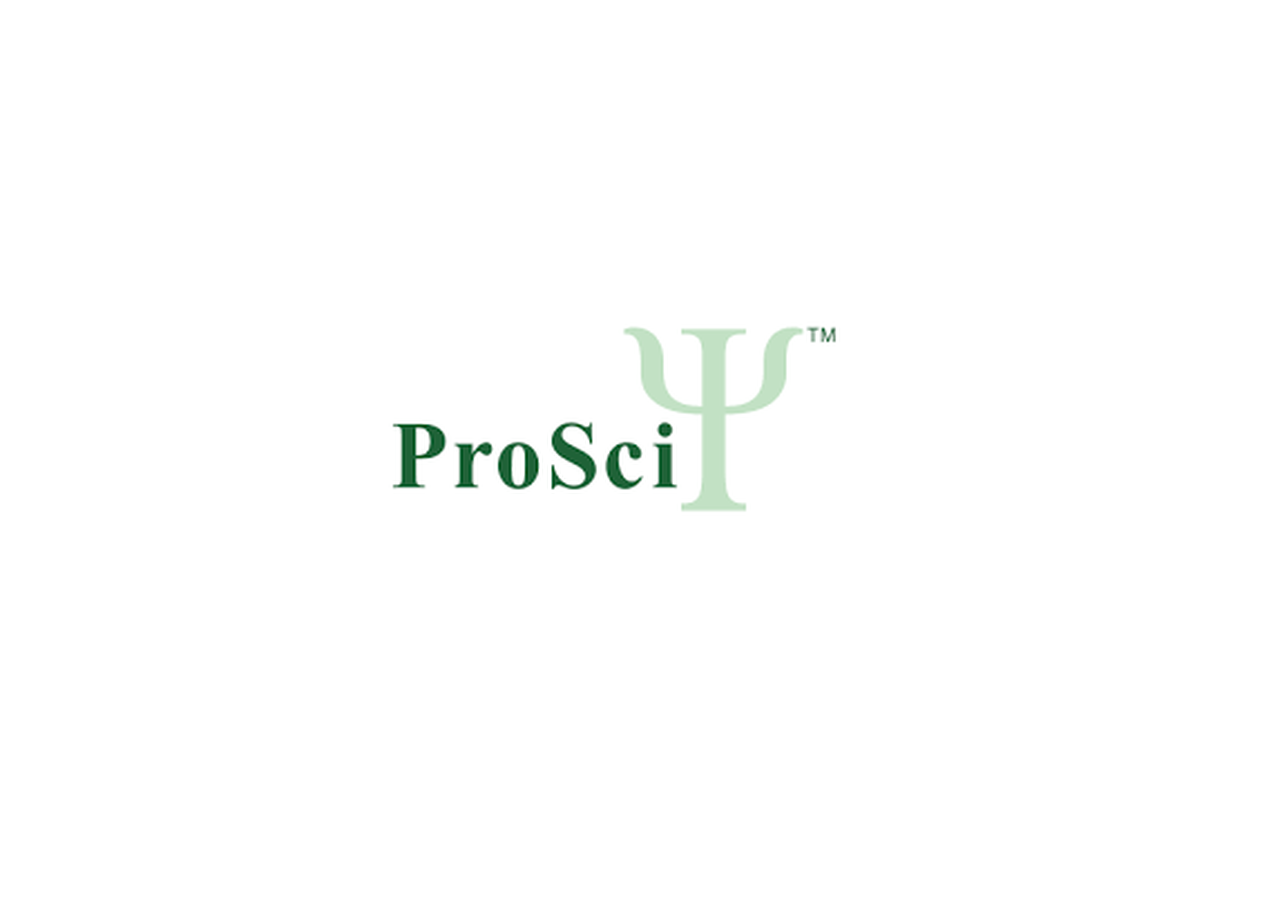
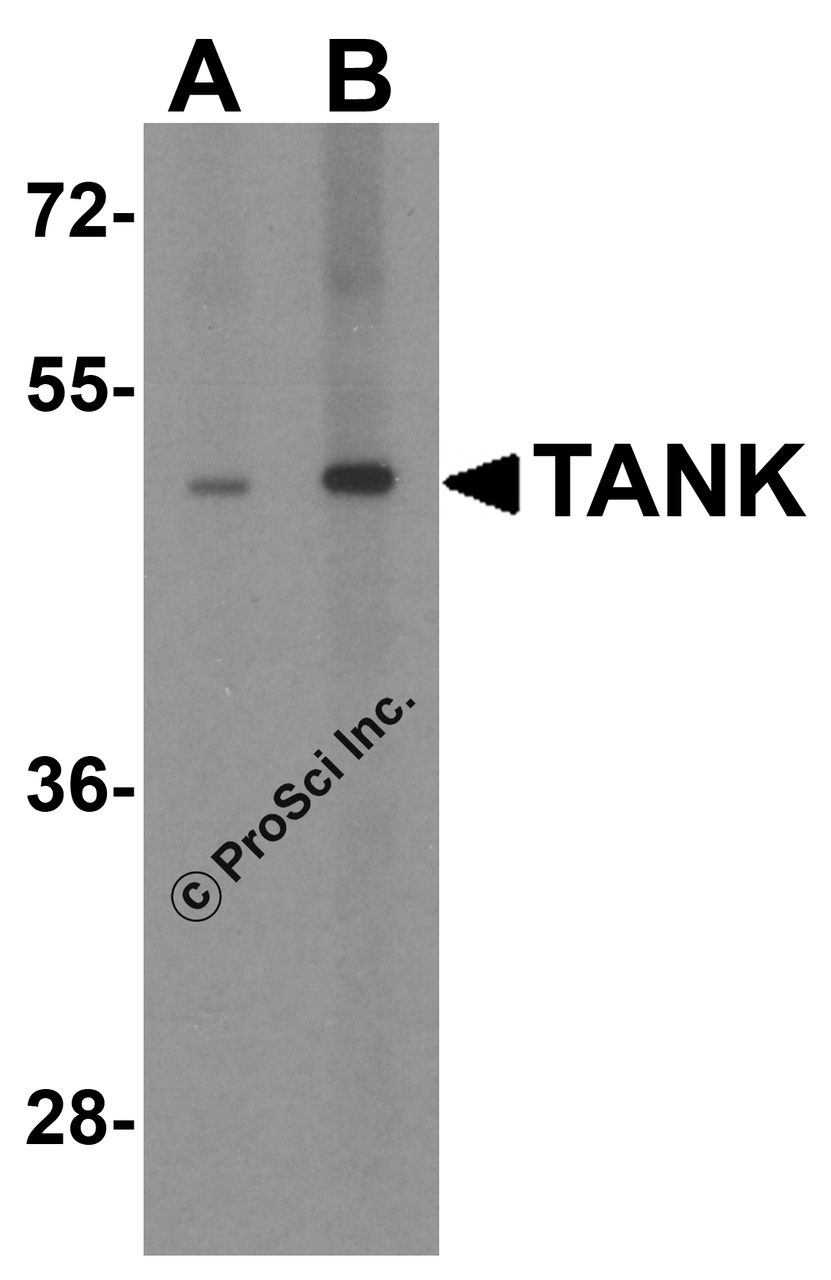
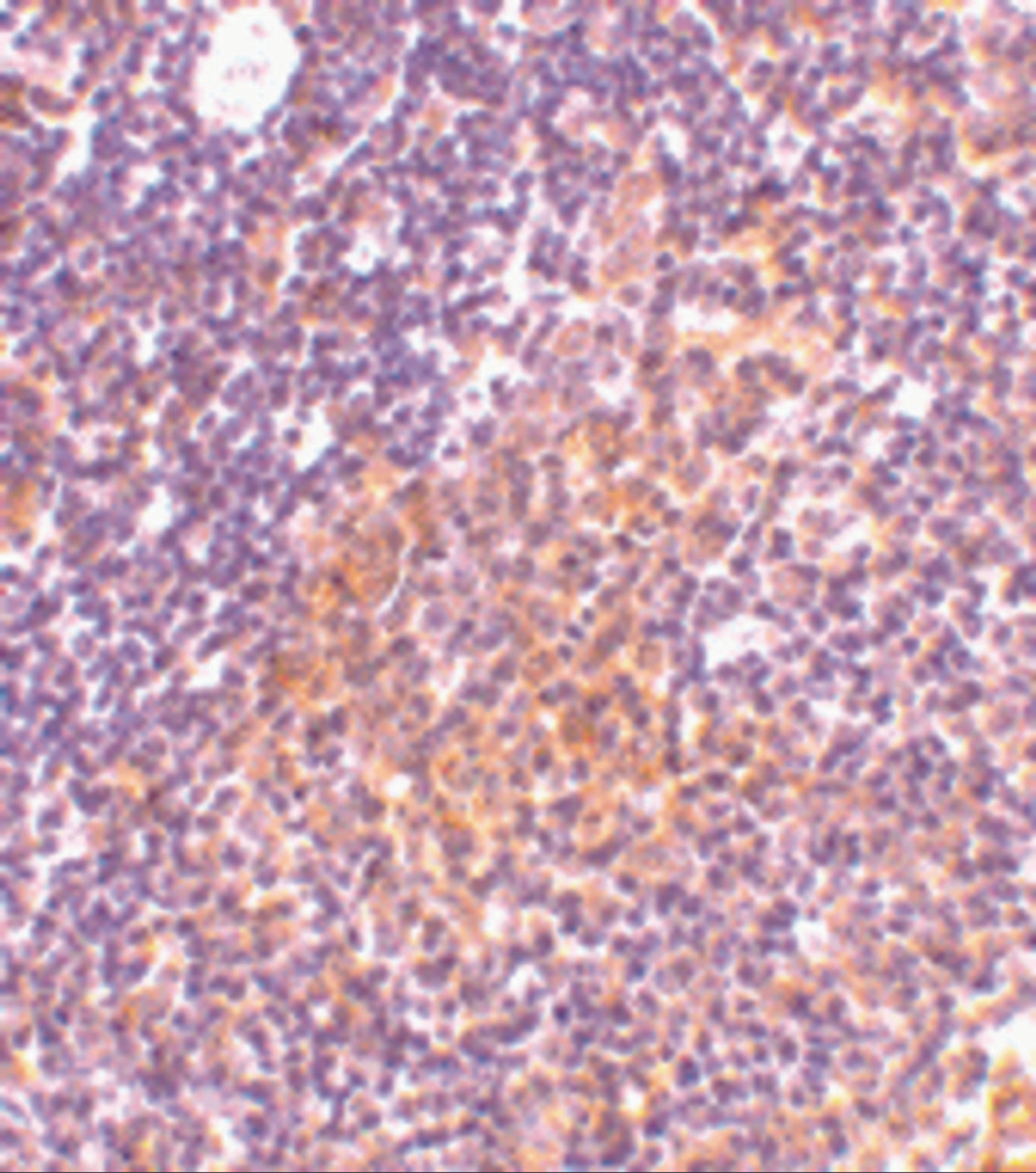




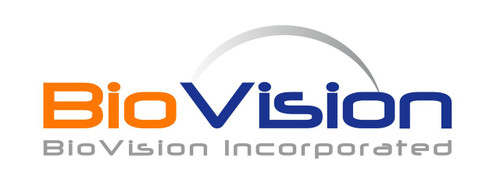


![SARS-CoV-2 (COVID-19) Nucleocapsid Antibody [3877] SARS-CoV-2 (COVID-19) Nucleocapsid Antibody [3877]](https://cdn11.bigcommerce.com/s-452hpg8iuh/images/stencil/500x659/products/553744/761734/porsci_lo__79508.1648973713__61978.1649086263.png?c=2)



